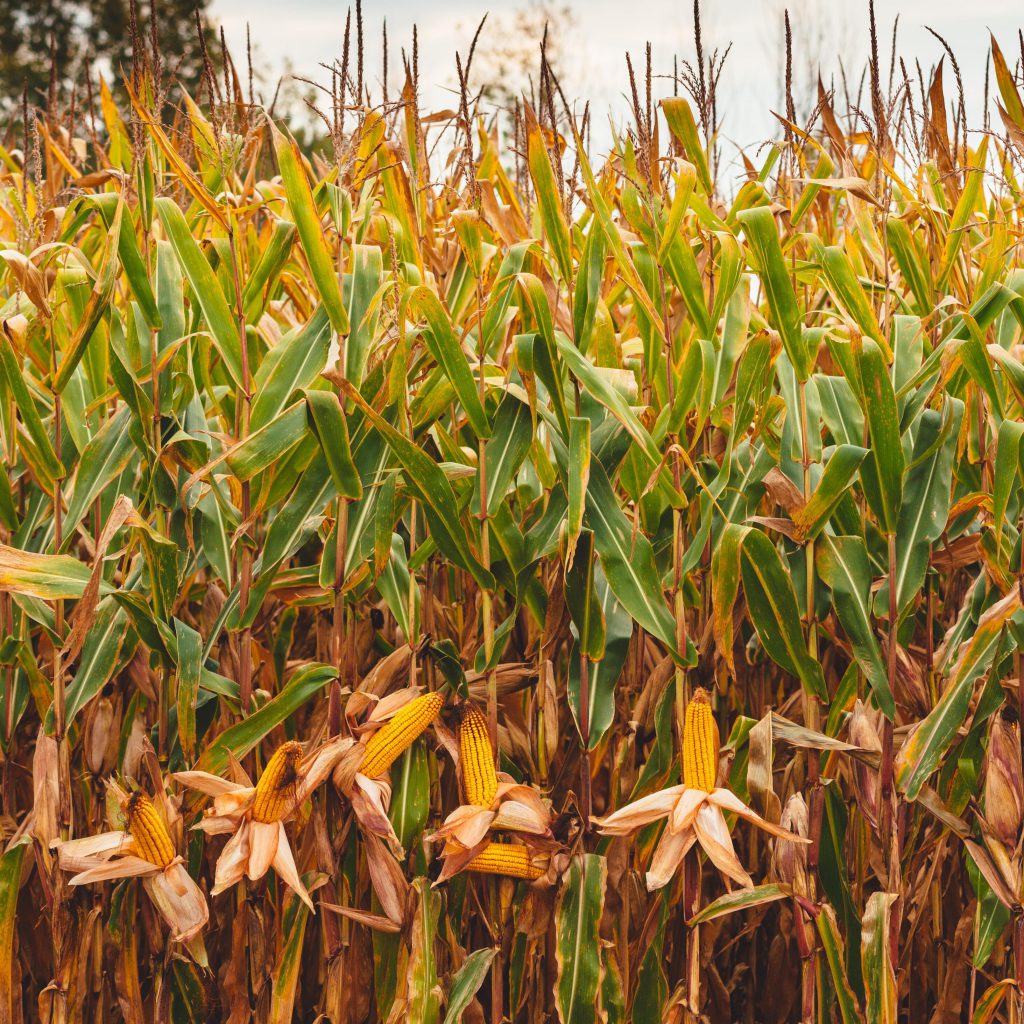What grain is Scotch made from?

Over the past few months, we have been receiving many kinds of questions through our social media. One of our most recent questions was “what kind of grain is Scotch whisky made from?”
First, scotch is a type of whisky, specifically the whisky from Scotland.
Scotch whisky must be made from malted barley. Scotch’s main ingredients are barley, water and yeast, but can also be made from other whole grains that include maize (corn) or wheat At the beginning of its creation in 1494, all Scotch whisky was made from barley but, in the late 1700s distilleries began using wheat and cereal rye as ingredients in the Scotch. Scotch whisky must be made in Scotland in order for it to legally be considered a Scotch whisky.
In Canada, most Canadian ryes or whisky contain grain corn as a main ingredient. Some whisky blends are as high as 95% Canadian corn with a blend of rye grain, barley or even wheat grains to achieve the other distinct Canadian whisky flavour. Quite simply, corn produces more alcohol than the other grains do. And by adding even a small amount of rye-grain whisky, distillers can still maintain that traditional and distinct Canadian whisky flavour, by sourcing a local grain that is also higher in alcohol content.
Why is Canadian Whisky called/labelled rye?
Along the way, someone decided to spice up their whisky by adding a small amount of rye grain to it and a distinctly Canadian whisky style was born. This tangy new whisky packed more flavour than common wheat whisky and almost everyone preferred it. Customers started demanding “rye” – wheat whisky with a small amount of rye grain added. Eventually, the word “rye” entered the Canadian lexicon as a synonym for whisky.
But, as soon as rough land became tilled fields, farmers switched from rye to more bountiful wheat, and eventually in the 1950’s corn, there was less rye grown and thus, distillers stopped using rye grain, except in small amounts for flavouring.

When corn is fermented it produces large amounts of alcohol. 14% alcohol is the norm in a corn mash but often it goes higher. Rye on the other hand produces in the range of 8% alcohol, often less than that. So a mash of 51% rye and 49% corn is still producing a lot more corn whisky than it is rye. Thus, Canadian distillers who blend at the liquid stage rather than as dry grain get proportionally more impact from the rye grain they use. Canadian distillers buy 320,000 metric tons of corn annually and are the 4th largest buyer of Ontario corn.
The next time you head out to purchase whisky, look for a Canadian rye whisky. This type of whisky uses Ontario grains like corn, wheat and barley
